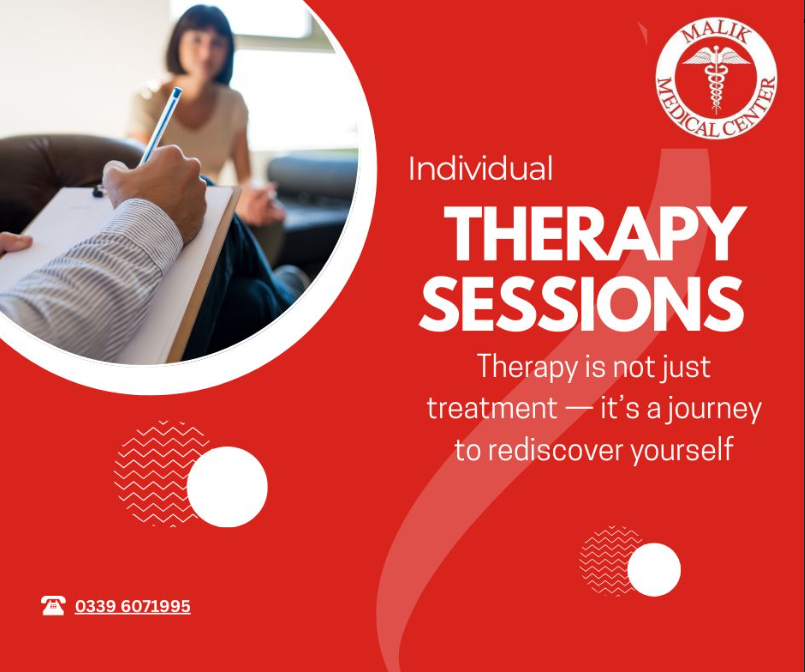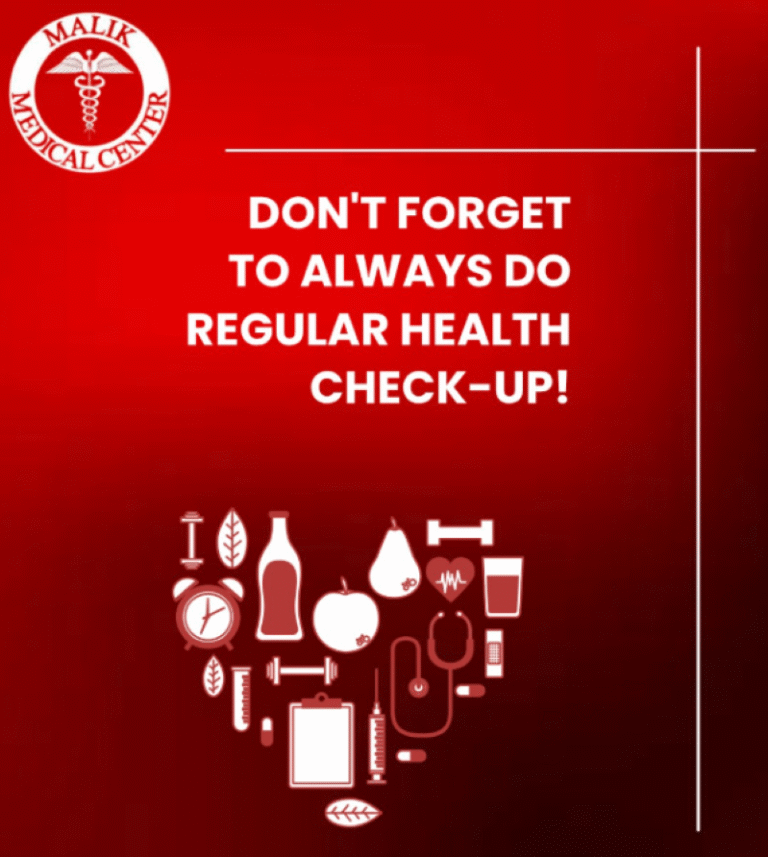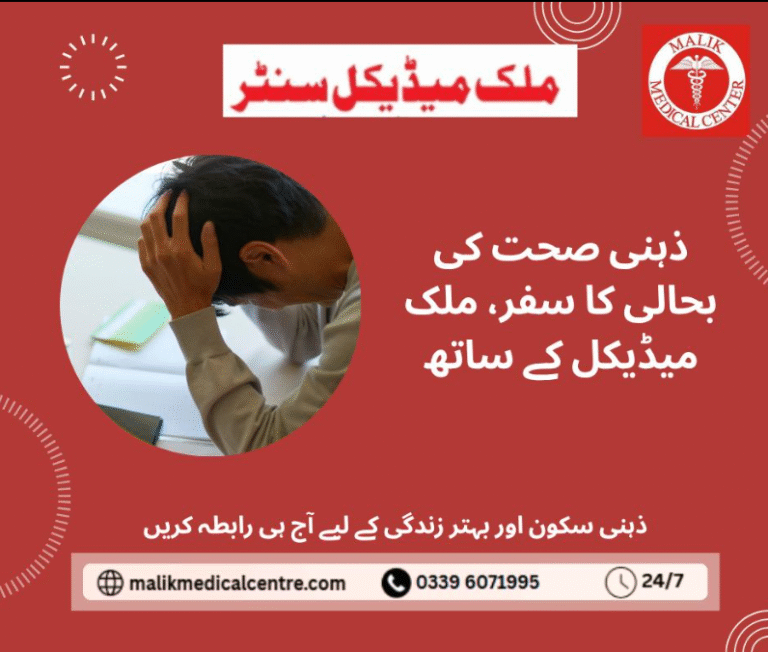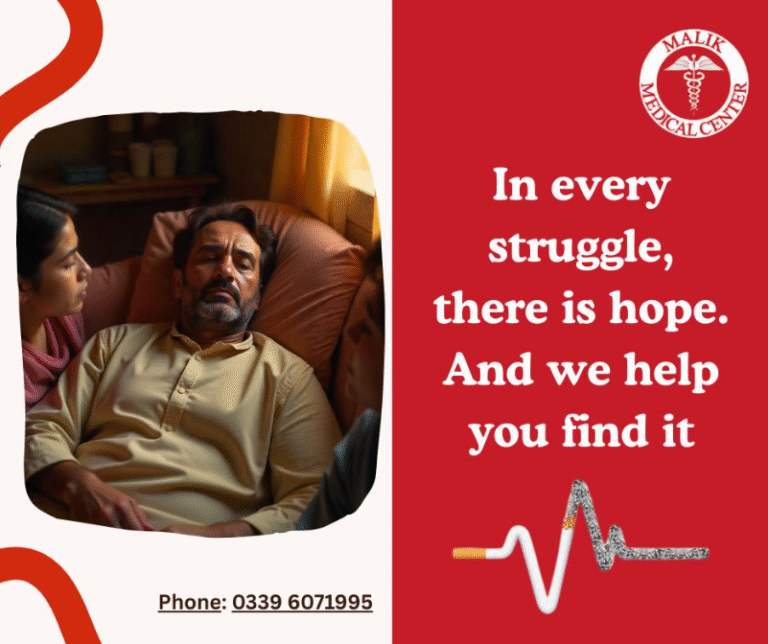Bipolar Disorder Treatment: A Journey Toward Balance and Hope
The existence of a bipolar disorder is a roller coaster ride of emotions that one cannot have enough of. It feels that the energy and the confidence is full of life on some days and the next day it may be full of exhaustion, down-heartedness and hopelessness. Millions of people globally are victims of this condition, but the positive news is that the bipolar disorder treatment has improved significantly providing people with an opportunity to restore their stability, purpose, and fulfillment.
This blog will explore the depths of learning about bipolar disorder, identification of its symptoms, the types of treatment available, and to also show how educated care by a professional, together with the help of family and society as a whole can really turn the lives of people around.
What Is Bipolar Disorder?
Bipolar disorder is a psychiatric disorder that is characterized by excessively high or low moods alternating between manic or hypomanic high states and depressive low states. These outbursts are much more than the natural mood swings. They have the ability of disrupting daily duties, interpersonal relations, and the quality of life.
Bipolar disorder has a number of types:
- Bipolar I Disorder – This is characterized by extreme manic episodes that can necessitate hospitalization and, in most cases, alternates with depressive episodes.
- Bipolar II Disorder– This one is less severe in both hypomanic episodes and major depression.
- Cyclothymic Disorder – A tendency of repeated mood swings, which are not so intense but yet disruptive.
Identifying the type is the initial move towards successful treatment of bipolar disorders.
Symptoms and Signs That You Can Not Ignore.
The signs of bipolar disorder may vary in any individual, still, there are some typical features:
Manic or Hypomanic Episodes:
- Rapid speech and racing thoughts.
- Increased energy level and reduced sleep.
- Risky or impulsive actions.
- Too confident, euphoric.
Depressive Episodes:
- Constant depression or lack of satisfaction.
- Lack of energy and demotivation.
- Difficulty concentrating
- Hopelessness or even suicide.
The professional evaluation is essential when these patterns are maintained. By providing quick treatment of bipolar disorder, one can manage to reduce the level of symptoms and prevent any long-term complications.
What is the Cause of Bipolar Disorder?
The exact cause of it is not completely understood, though professionals presuppose that it is a complex of the factors:
- Genetics: The family history predisposes a person to the development of the condition.
- Changes in brain structure, both the chemistry and functioning are involved.
- Environment Stressful life events or trauma or substance abuse can provoke or aggravate episodes.
The knowledge of these origins can be used to develop individualized bipolar disorder treatment programs.
Effective Approaches to Bipolar Disorder Treatment
The treatment of bipolar disorder does not deal with curing the disorder, but rather managing the disorder so that individuals can lead full productive lives. Some of the strategies that are utilized in treatment include:
Medication Management
Mostly mood stabilizers, antipsychotics and antidepressants are prescribed to aid in controlling the brain chemistry. It might take time to find the correct combination but once it is in place it can help in avoiding severe episodes.
Psychotherapy
Talking therapies such as Cognitive Behavioral Therapy (CBT), Interpersonal Therapy and Family-Focused Therapy are able to enable patients to identify triggers, cope with stress and improve healthier relationships.
Lifestyle Adjustments
- Regular sleep schedules
- Balanced nutrition
- Exercise routines
- Staying off alcohol or drug abuse.
These daily decisions serve as pillars to medical bipolar disorder treatment.

The Involvement of Family in Treatment.
The family support has a transformational role in recovering. Loved ones can:
- Be able to identify early warning signs.
- Provide emotional support when it is required.
- promote medication and treatment adherence.
- Minimize stigma by learning and tolerating.
The families are usually invited to take part in the therapy sessions, which are learning resources that will make them powerful agents in the treatment process.
The importance of Early Intervention.
The bipolar disorder is disruptive the longer it goes without treatment. Loss of employment opportunities, poor relationships, financial hardships and self-harm may be experienced by untreated cases. Early treatment of bipolar disorder aids in stabilizing signs before they get out of control and one is provided with an opportunity to live a healthier and balanced future.
Breaking the Stigma of Bipolar Disorder.
Stigma also has the tendency to causes individuals to reject assistance. Mistakes such as the assumption that it is only a bad mood or that it can be overcome cause loneliness and embarrassment. There is need to shatter these myths. Treatment of bipolar disorder, discussion and respectful care makes the experience commonplace and encourages more and more individuals to seek proper treatment of the disorder without fear.
Avoiding Relapses and Triggers.
Even under treatment, relapses may take place. Nonetheless, the risk can be reduced by the proactive strategies:
- Mood Tracking: Diaries or applications can make people aware of the changes in time.
- Adherence to Treatment Plans: Missing medication or therapy will place one at risk of relapse.
- Identifying Stressors: The episode triggering stress can be minimized by controlling work, relationships and stress.
A key component of the treatment of bipolar disorder is relapse prevention as a component of the long-term treatment.
Finding Hope in Living with Bipolar Disorder.
Bipolar disorder does not imply that many people end up not leading a good life. Throughout the history, writers, leaders, and artists have expressed their fight and victory, proving that diagnosis is not the termination but a new start. Through proper treatment, the people are able to pursue careers, raise families and fulfill personal dreams.
Combining Community and Professional Care.
Psychiatric and rehabilitation centers are dedicated institutions that serve as professional treatment centers but offer an organized setting where clients are given specialized treatment. Such facilities can include a therapy with the group support and the medical supervision. Recovery will be more accessible and sustainable when it is coupled with community resources: support groups or advocacy organizations.
The Significance of Support Groups.
Bipolar disorder should not be an individual responsibility. The support groups are the environment of experiences, difficulties and success which are not judged. Listening to other individuals who are facing the same predicament would assist in alleviating the aspect of being isolated and the bravery to cope with the disorder. Families are also benefited in that they are given practical advice and emotional support. Support groups are also a useful part of the bipolar disorder treatment, especially with professional care, as it helps to drive home the point that recovery is not only possible but long-lasting, should the community support it.
Building a Long-Term Wellness Plan
Bipolar is a lifelong disease, however, it does not imply that life should be all about it. The creation of an individual wellness plan will guarantee the continuation of the prosperity of patients once they are treated. Such plan can consist of frequent visits, medication, stress-reduction and clear relapse-prevention plans. Engaging the family, counselors and support groups ensure accountability and resiliency in the challenging moments. Finally, a sustainable wellness strategy would turn the management of bipolar disorder into a resilience lifestyle with confidence to proceed.
Conclusion: A Path Toward Stability and Fulfillment
Bipolar disorder comes with its strong problems and yet in the approach of the right treatment, there is always hope over despair. Bipolar disorder treatment through a combination of medication, therapy, family support and lifestyle choices can provide a way to stability. Any journey is different but every step forward will show that one can get back to his life. Through stigmatization, paradoxical intervention, and a new approach, we can assist people in restoring a sense of balance and meaning. It is not a dream but a reality that can be realized, and with the love and determination, living with bipolar disorder is not that tough.
FAQs About Bipolar Disorder Treatment
What is the first step in bipolar disorder treatment?
The first step will be to seek an examination of an appointed psychiatrist who can then determine the type of bipolar disorder and prescribe medication.
Can a bipolar disease be cured completely?
Cure of the disease is never attained but the symptoms can be treated effectively to enable people live a balanced and satisfying life.
How long does bipolar disorder treatment take before the results are experienced?
Some medicines and therapy can be effective within a few weeks, and the explanation is that stability in the long term is necessary and may be achieved by being consistent.
Is lifestyle and bipolar disorder treatment associated?
Yes, such lifestyle factors as sleep, exercise and nutrition do play a significant role in the stability of mood and the success of the treatment on the whole.
Does family therapy have a positive impact on the treatment of bipolar disorders?
Absolutely. The family involvement tends to strengthen the communication, reduce the relapse levels and emotional support systems.




